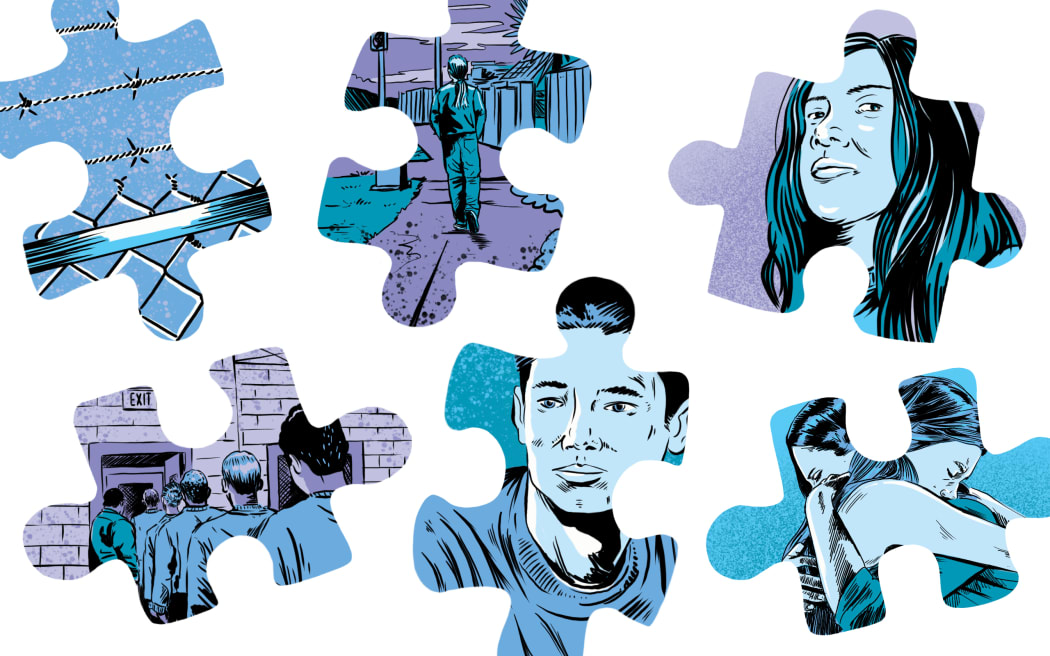Warning: This story discusses drug use, sexual and physical abuse, as well as state-care and mental health.
It was the sort of hazy summer evening where every fan in the house was on and cooking dinner over the stove was almost unbearable.
Thirteen-year-old Paige* should have already showered and packed her school bag ready for the first day back after the summer holidays. Instead, she wouldn’t get off the phone. Sounds like pretty typical teenage behaviour, right?
“I had asked her multiple times to put her phone down and go get ready and it got to the point where I said: ‘If you don’t actually go shower, I’ll be taking that phone away’,” says Mum Michelle*.
Almost two hours and multiple warnings later, Paige was still on her phone. Mum Michelle was frustrated.
“Her dad went in and said: ‘Alright, Mum has warned you. You need to go shower. Give me your phone, you’re losing your phone’.”
It was at that moment that Paige lost it. She came flying out of her bedroom into the hallway going straight for her mum. Michelle was pushed backward through the doorway of her office and onto the ground.
“I was just in an absolute state of shock and disbelief that she had attacked me.”
After that, Paige took off and left the house.
“I was driving the streets until about 12 o’clock at night looking for her. On the car ride home, we didn’t discuss anything because we were all just tired and I suppose overwhelmed with the situation, like how do you deal with this? I was mindful it was late, I was mindful she had her first day of school, so I said, ‘Go to bed.’”
It was the beginning of an 18-month-long saga, where Paige's escalating behaviour would lead to more violence, truancy, offending, and drug addiction. During those 18 months, her whānau say the systems that should have been supporting their daughter, failed her.
Now they’re so desperate, that they are willing to sign over their parenting rights to Oranga Tamariki and see their daughter placed in a secure facility just to get her life on track.
How does a family get to this point? This RNZ investigation examines the systems in Aotearoa for managing rangatahi whose behaviour has spiralled out of control. When a family home is longer a safe place, where should young people go?
To protect the privacy of the whānau involved in this case, some of the details of what has happened over the last 18 months are omitted.
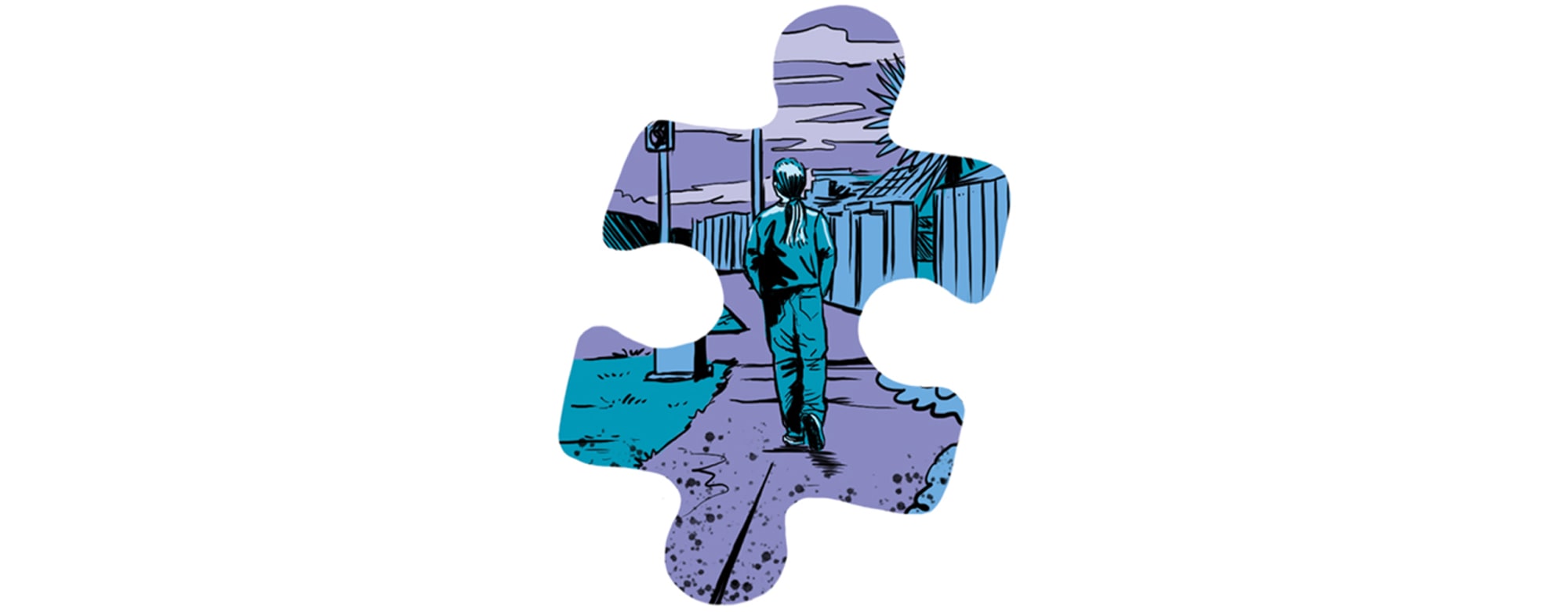
Photo: RNZ
As Michelle speaks about the last 18 months she fiddles with a chain around her neck. She holds it close to her skin as if it’s life or death. While the chain itself doesn’t provide any safety, the device that hangs on it does. It’s a plastic battery-operated device with a button, a family harm alarm. It was supplied by police after her daughter’s physical aggression towards her grew.
“We'd had so many family harm incidents with Paige that we asked for a family harm alarm to be installed because I was just a mess by that point. I was so petrified, and scared and fearful.
“I was convinced she was going to kill us.”
When pressed, the device gives her a direct line to the local police communications centre. It operates similarly to systems worn by the elderly to alert emergency services if they suffer severe health problems.
“I put it on me every morning and sleep with it next to my bed at night,” Michelle says shakily.
After the incident the night before the first day back at school, Paige's behaviour continued to escalate. She started sneaking out at night. Michelle says she found her stealing her Eftpos card and cash from her wallet.
“Just building defiance, battling, lack of respect. She just wasn’t herself. It was almost like a switch had been flipped and she was a different person.”
What they didn’t know at the time was that Paige had been sexually assaulted over the summer by a much older boy. The rape had triggered a trauma response leading to the bad behaviour.
One night, Paige came home having shoplifted clothing from a mall and was bragging about it. Michelle tried to speak with her about her behaviour but Paige just lost it and started what Michelle describes as ‘raging’ at her. She pinned her mother against the glass shower door threatening her with a knife.
“I was petrified again … when I eventually managed to get her away from me I locked myself in the bedroom and I phoned the police. And when I was on the phone with the police I could hear the house being smashed up. All I could hear was glass breaking.”
By this stage Michelle had already been ringing the alarm bells with Mental Health services, Oranga Tamariki, the Ministry of Education, and police for a few months. Asking for support and guidance.
“Nobody was communicating. I was just trying to hold all these broken pieces together, trying to fix everything, but I didn’t know what was broken. It was hard … it was really hard.”
Paige’s offending escalated from shoplifting to more serious crime. After badly assaulting a member of the public on the street, she was assigned a Police Youth Aid officer.
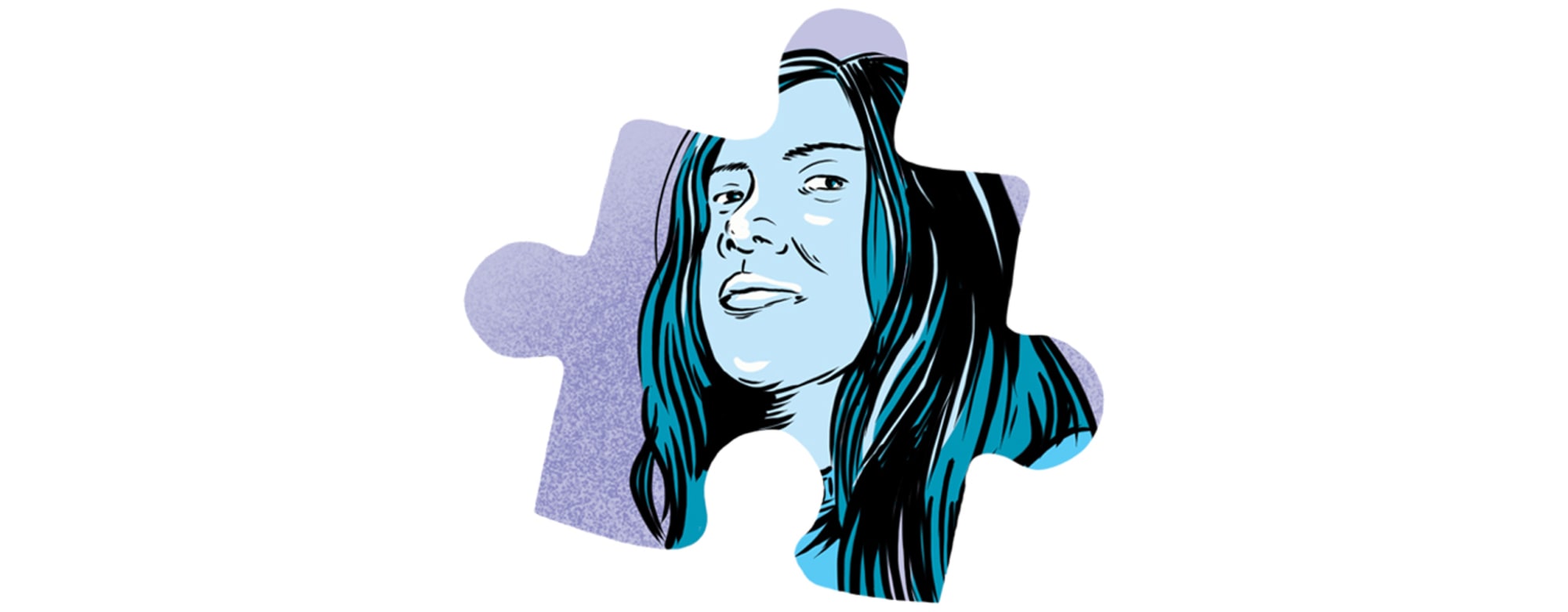
Photo: RNZ
Youth Aid deals with children and young people under the age of 18 who have offended, are on the verge of offending, are subject to care and protection measures, or just need help to go in the right direction.
Under the Children, Young Persons and Their Families Act 1989, criminal proceedings should not be brought against a child or young person if there is an alternative way of dealing with the matter. That’s where Youth Aid comes in.
Reuben Jakich is a Youth Aid officer for the Waitematā West district. He is not assigned to Paige’s case but deals with many that are similar.
When we meet one afternoon at the Henderson Police Station, Jakich has already had a busy morning. At 10am every weekday he attends a meeting with the ‘multidisciplinary cross-agency team’. It’s a meeting that includes all sorts of organisations from Oranga Tamariki, and the Ministry of Health to community providers such as Waipareira Health and mentoring services. They go through the list of kids that have offended in the last 24 hours within their area, pulling all their information together with the aim of a door knock at the offender’s address within 24 hours.
“We sit down with, not just that young person, but the whole whānau to see how we can put a plan in place again, not just for that young person, but for the siblings, for the mum and dad, to try and improve the environment at home and therefore take away the chances of further offending.”
It’s known as the ‘Circuit Breaker’ program, launched in December last year. It encourages information sharing across multiple agencies. It’s currently only operating in South and West Auckland, Auckland City, Hamilton and Christchurch, with plans to expand to four more new locations.
Jakich says a Youth Aid officer wears many hats, from mentor to social worker.
“Our aim is to hold them accountable for what they’ve done, however, also to put in place programs or counselling or such things to try and prevent it from happening again.”
These programs are called ‘alternative action plans’. Jakich explains alternative action plans as a ‘contract’ written up between the Youth Aid officer, the young person, and their caregivers with input from the victim. He gives the example of a young person who may have assaulted someone at school.
“Maybe anger management, multisystemic therapy. Counselling or camps for dad and the son to go to together. There may be reparation sought from the victim, so maybe they can do art for them or make a donation, things like that. Letters to the victims also.”
Alternative action is tailored to the offending and why happened in the first place. It’s a better option than Youth Court, he says.
“We certainly try to keep kids out of that Youth Court system, because once they’re in, it’s a hell of a lot harder to get them out.
“However, it’s part of that pathway that we follow, if a young person is continuing to offend, if they’re not engaging with any services and their offences are putting the public in danger, say they’re stealing cars and failing to stop. Then unfortunately our hands are tied and court is their next step.”
Even if young people do end up in Youth Court, there is a much greater focus on non-punitive responses. While almost three-quarters of those charged in 2022 had their charges ‘proved’, most were still discharged without conviction.
In 2022, of the 1416 young people charged only 7 percent were convicted and sentenced in adult court. About half (52 percent) received an ‘absolute discharge’ where they admit their offending and complete an intervention program following a Youth Court ordered family group conference. After completion, it is as if the charge against the child or young person was never filed. Another quarter (24 percent) had their charges dismissed, discharged, or withdrawn for other reasons.
Recorded youth crime has been steadily declining since 2007. There was a spike in 2022: a six percent increase in the number of young people charged compared to 2021, and a 16 percent increase from 2021 to 2022 in theft and related offences. Part of this increase has been attributed to higher court traffic last year due to the clearing of the Covid backlog.
Reuben Jakich joined the police in 2008. For more than a decade, he’s worked in Youth Aid. He’s watched some kids grow up.
He says more education and mental health assessments are needed earlier in the process with rangatahi.
“I worked with a kid before who was offending, who wasn't doing well at school. We did a health assessment, and what do you know, they can barely see, they can't see the blackboard. A lot of these kids won't, whether it's Foetal Alcohol Syndrome or dyslexia, they don't understand what's going on in the classroom," Jakich says.
“Whether it's educational assessments or cognitive behaviour assessments, which aren't cheap. I think in a perfect world, more kids would receive those. So we can help earlier. The earlier we can start working with kids the better.”
A health-based approach is what both mum Michelle wants for her daughter and what many ‘care-experienced’ rangatahi say is lacking in the system.
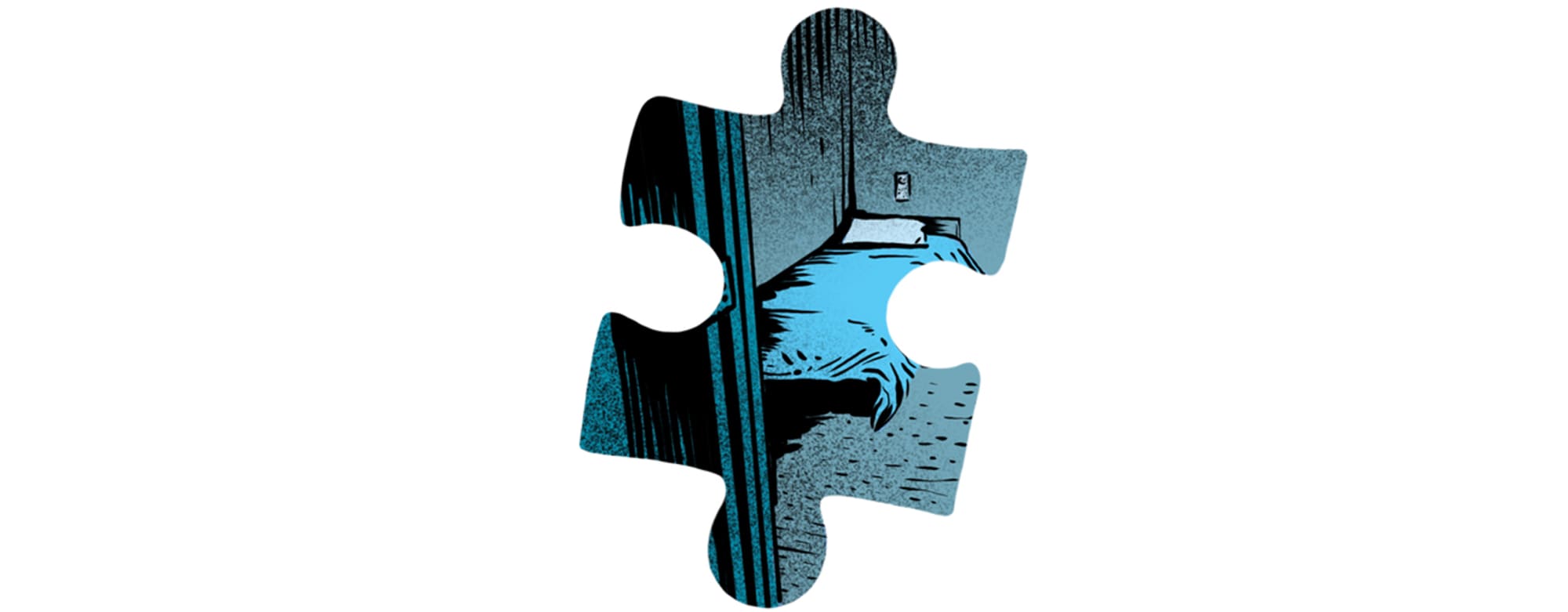
Photo: RNZ
In a conference room on the Wellington waterfront, ‘care-experienced’ rangtahi have gathered for the Voyce - Whakarongo Mai youth summit.
Voyce -Whakarongo Mai is an independent charity organisation, established in 2017 to advocate for the approximately 6000 children with care experience (children in foster or whānau care).
The room is full of young people from all different backgrounds. These rangatahi aren’t youth offenders, but they have experienced living in the care of Oranga Tamariki.
Their kaupapa of the day is to discuss the state of state care in Aotearoa and deliver a 4000-strong petition to parliament. The petition calls on political leaders to take seriously the commitment successive governments have made for over three decades through the United Nations Convention on the Rights of the Child and other international agreements to uphold the rights of children in care. They say the commitments are not currently being upheld.
Among the group of rangatahi is Maxine, a wāhine whose bright purple hair and smile light up a room. At just 21 years old she has already experienced a lot. Maxine was seven years old when she was placed in Oranga Tamariki care, known as ‘CYFs’ at the time. She was moved from home to home. She is not a youth offender.
“My longest placement between the ages of eight and 11 was about two-and-a-half months. Before, I would be moving and moving and moving,” she says.
After surviving the death of her father and then an abusive whānau in her early childhood, Maxine struggled with her mental health. She says the homes and caregivers just weren’t equipped to deal with the trauma the abuse had caused.
“I was getting told off for things that I didn't understand. A door would slam, and I would start yelling because I was panicked, and I didn't know how to express that. And then I would get yelled at or be told that I was misbehaving. A lot of the triggers that I had, no one ever explained to me trauma or anything like that, because no one knew about it. And then the placements would break down.”
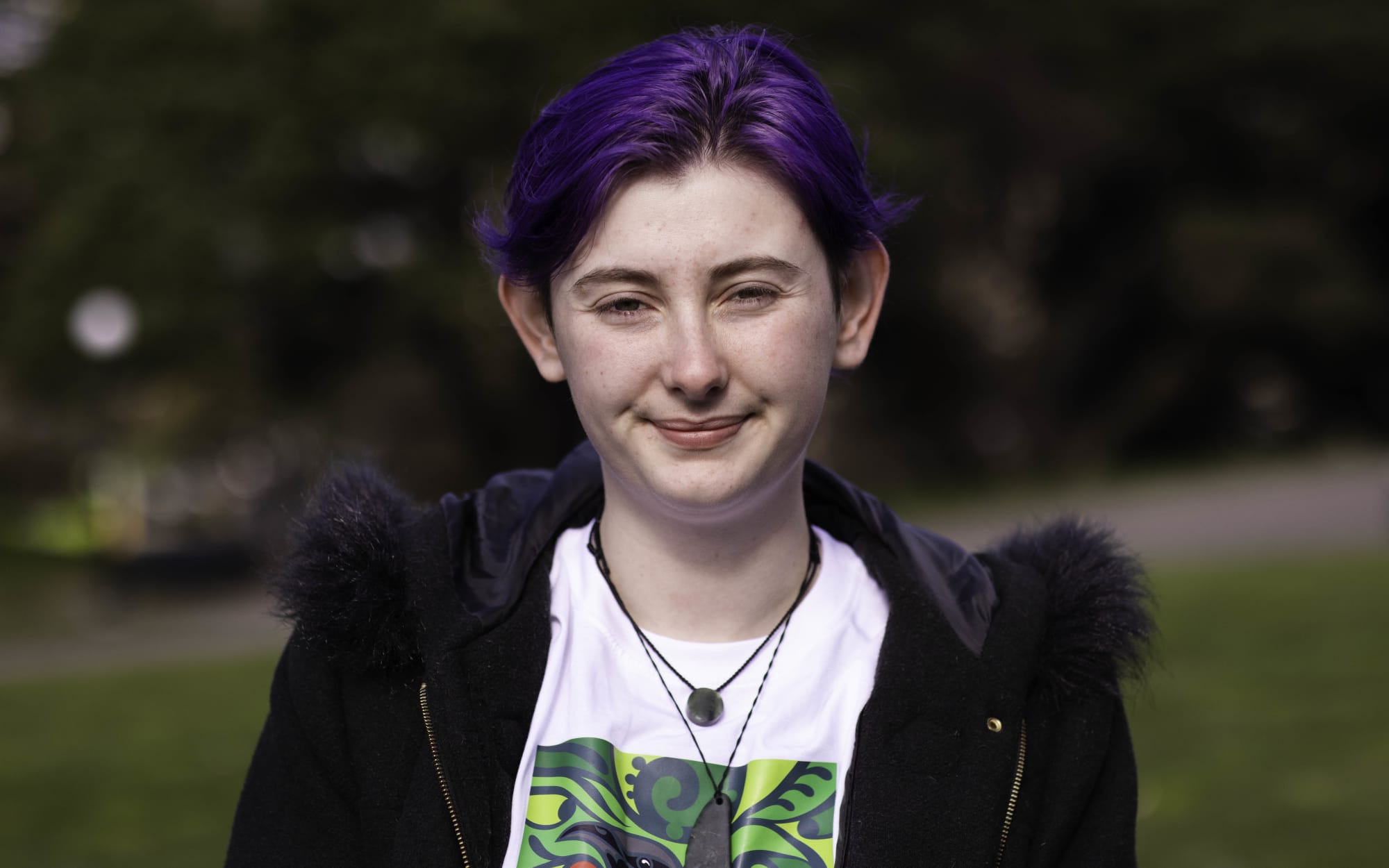
Maxine was seven years old when she was first placed in Oranga Tamariki care, known as ‘CYFs’ at the time. She moved from home to home over several years. Photo: RNZ / Angus Dreaver
Maxine says a trauma-centred, mental-health approach is essential to support rangatahi going through tough times.
“I understand that if parents aren't able to support their child, that the idea of putting them in a system that is supposed to help traumatised children and is supposed to be trauma-informed, does sound like a good idea on paper. But the reality is, it's just not that.
“Parents may not know how to handle their child and they may not know what to do but by putting them in state care they're putting the child with people who are in the exact same boat. Like they're in the exact same situation.
"They don't know what to do either. Because nobody's training anybody.”
Out of the 3561 Oranga Tamariki caregivers, only nine percent are specially trained to help children who’ve lived with trauma.
“At the group home, I was there for a year and a half, I never slept before 4am. And I had to get up at seven o’clock for school every day. They tried to give me four melatonin each night, but melatonin never worked for me. They never actually addressed the issue of why I wasn't sleeping,” Maxine says.
Oranga Tamariki’s general manager of practice Kiri Alexander says information about how to care for people who have suffered trauma is part of the “learning program” all Oranga Tamariki caregivers receive. But the agency has had feedback from some carers that want a deeper understanding of how trauma affects young people.
Oranga Tamariki co-developed Trauma Informed Learning Support (TILS) programmes in response. The uptake of TILS programmes has increased from 61 in 2021 to 530 this year, Alexander says.
“We need to know how to support tamariki and whānau effectively when they are impacted by trauma in its various forms, be aware of how our decisions impact on their wellbeing and do everything we can to support them in their recovery and healing.”
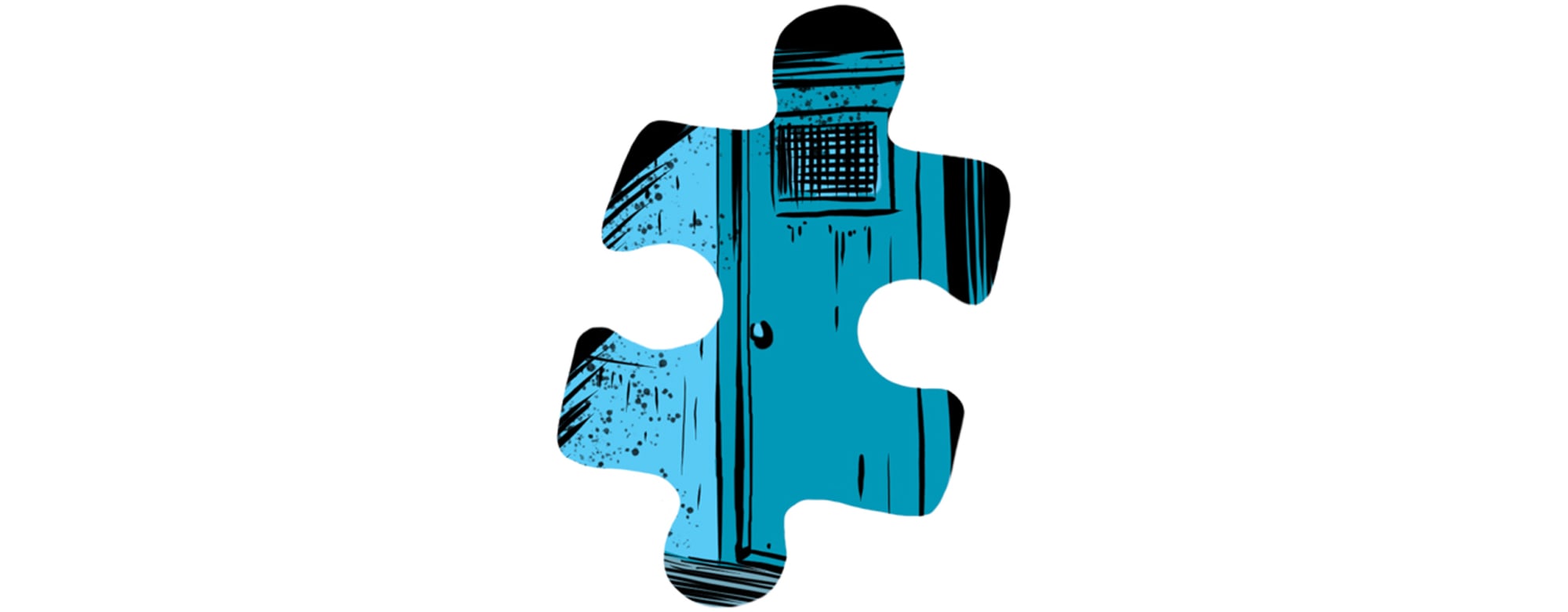
Photo: RNZ
At the end of last year, things seemed to be looking up for mum Michelle and daughter Paige.
After months of crying out for help Michelle was finally able to get her daughter the gateway and psych assessment she so desperately needed. During that appointment, Paige was prescribed an antipsychotic medicine used to improve the symptoms of mental illnesses including schizophrenia, and bipolar disorder. Once on that medication, she was engaged at home, attending alternative education three days a week. Things felt like they were back on track.
“I saw a glimmer of hope, for the first time I just thought, oh my god, we might actually get our daughter back.”
The police decided to wipe her slate clean because she had done so well in the last two months.
“It was such a bittersweet moment actually. Her Youth Aid officer came in with a little cake for her and just said he was so proud of her and everything she’d done.”
But again, everything changed. Paige came off the medication due to side effects and within two weeks, the aggression returned.
On top of that, her Youth Aid officer, who had been getting through to her, got reassigned to roading due to understaffing.
“She was rocking up to school stoned, getting sent home and then leaving to go to the city where she was involved with older men,” Michelle says.
“She was refusing her medication, she’d lost all of her friends because she just went on an absolute abuse of rage. She went deeper down the rabbit hole with heavier drug taking and more sophisticated crime.”
After that, Paige went missing for 11 days.
“On day one and two, I wasn’t too worried because Paige had done it so many times before and she would normally just come home that night. By day five I couldn’t sleep,” Michelle says.
“I was having really bad visions in my head. By day seven I was beside myself. We knew she was alive because we were getting the odd text message from her but she wouldn’t come home.”
When she finally came home, Michelle found out she had been taking meth.
“She looked terrible. She had lost 15kg in two months and had sores all over her body. She was agitated.”
Michelle decided Paige needed to be placed in a secure facility.
“We all agreed she needed serious help. She needed to go into therapeutic care. And we all agreed that a non-secure facility is not going to work for her because she’s a runner.
“But we got told she just doesn’t meet the threshold, and there was no secure facility available.”
Michelle was exhausted and frustrated that a 14-year-old who was on meth and offending regularly, ‘didn’t meet the criteria’ for a secure placement.
“OT was just in the background , flapping around doing nothing. I got assigned from staff member to staff member to staff member, they wouldn’t even come to my home. It was just me on the front line.
“I was in their office begging them saying ‘please do something, she’s not okay. She’s a runner, we need to lock her down. We need to understand what is going on for this girl, she is not okay.’ And I was met with: ‘We’re sorry, she doesn’t fit the criteria.’”
Michelle felt, after exhausting other whānau care (which hadn’t worked), secure care was the only option left.
“It wasn’t that I wanted her locked up, no. But because she was a runner. We needed to pin her down in one place long enough to actually start working with her and understand what the hell is really going on with her.”
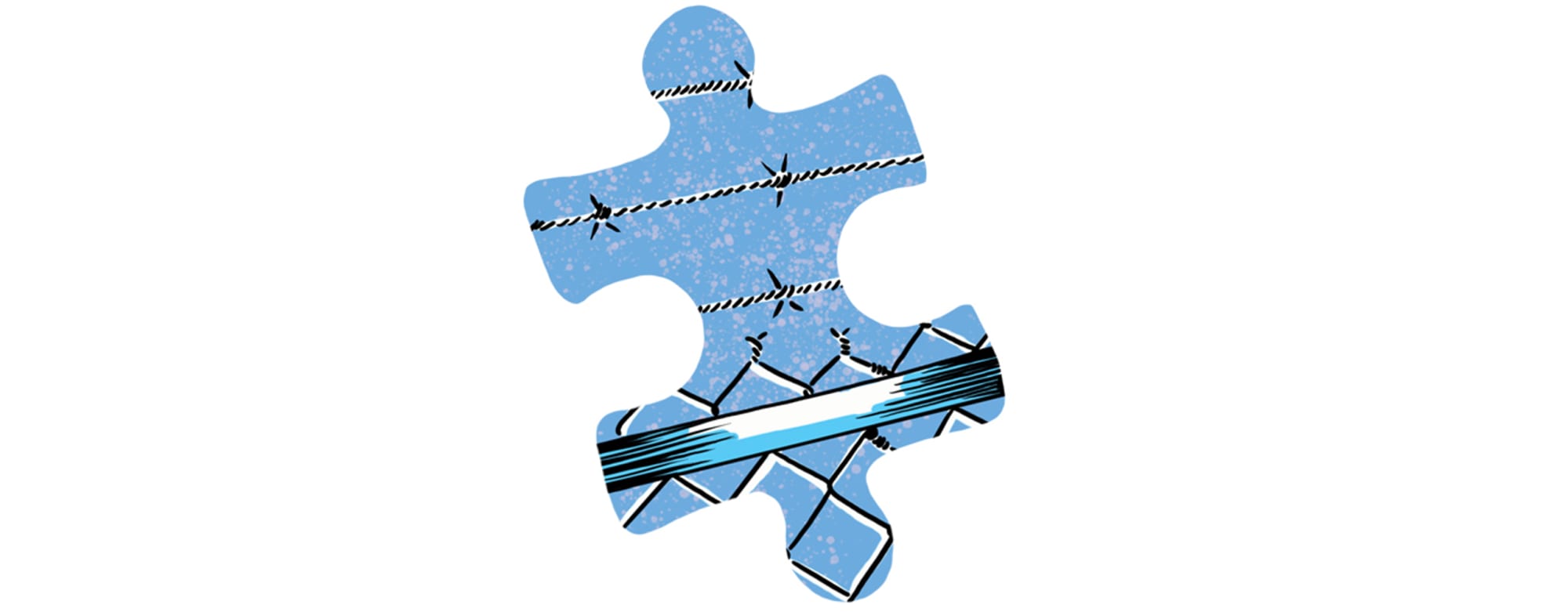
Photo: RNZ
Care and Protection Residences are for young people - generally aged 12 to 17 years - in the custody of the Oranga Tamariki chief executive, who have complex support needs and who cannot be safely cared for in other care settings in the community. They are distinct from Youth Justice Residences, which are for young people who have - or are alleged to have - committed serious offences. The Youth Court decides who goes in to them.
Oranga Tamariki currently operates two Care and Protection residences (Epuni in Lower Hutt and Puketai in Dunedin) and five Youth Justice Residences (Whakatakapokai and Korowai Manaaki in Auckland, Te Maioha O Parekarangi in Rotorua, Te Au Rere a te Tonga in Palmerston North and Te Puna Wai o Tuhinapo in Christchurch. Collectively referred to as ‘secure residences’, most were purpose built in the 1990s and early 2000s.
Michelle had to believe one of these would be better for Paige than what was currently happening.
But history tells us youth facilities run by the state don’t work well, says lawyer Amanda Hill.
The stories of decades of abuse in state and faith-based care range from physical and sexual assaults to inhumane, cruel and degrading treatment. The first interim report by the Royal Commission of Inquiry into Historical Abuse in State Care estimates that up to 250,000 children, young people and at-risk adults were abused in state and faith-based care between 1950 and 2019. It’s impossible to be any more precise because of large gaps and deficiencies in data.
Amanda Hill has represented survivors of abuse in state and faith-based care, supporting them to tell their stories to the Royal Commission. She’s heard hundreds of stories and read thousands more. State-run institutions have a culture that favours hierarchy and violence, making them unkind places for our rangatahi, she says.
“The oldest or the longest serving young people are appointed what they called ‘kingpins’, still a phrase used now in our institutions. They are the head kids, they’re often the ones that do the bidding for the staff, they'll beat up people or sort people out. They're paid in cigarettes or money or drugs to do that, and that hierarchy means that if you're at the bottom, or if you're new, then you usually get violence,” Hill says.
“Those institutions are a fast track to jail. You're putting all of these people into a pressure cooker, when you put them in institutions out there.”
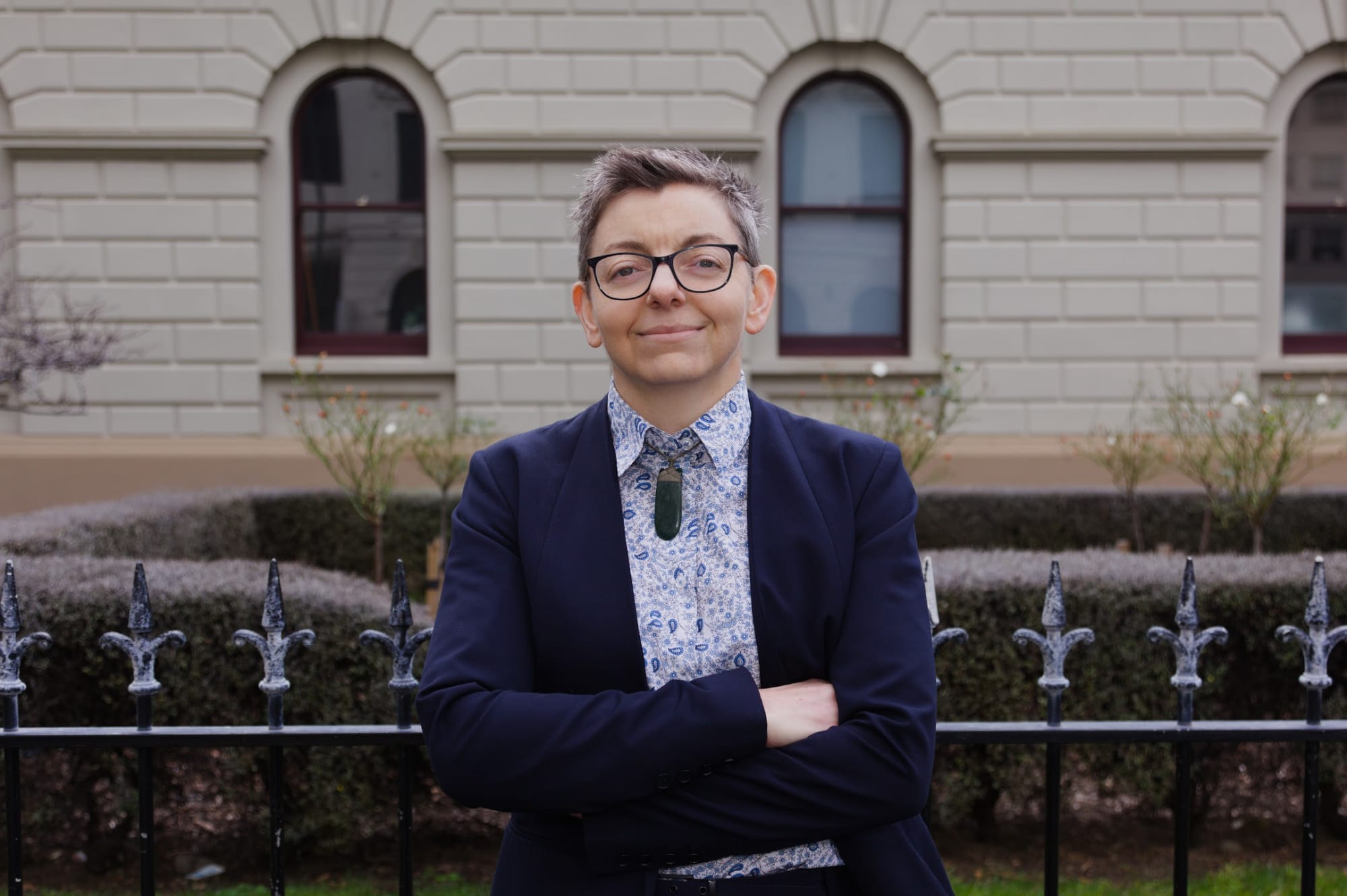
Lawyer Amanda Hill Photo: Tom Gilmartin
Hill has presented evidence on behalf of many survivors of Whakapakari, a boot camp style programme on Aotea (Great Barrier Island) aimed at rehabilitating difficult to manage state-wards and youth offenders. Many of those young people were abused by staff members or fellow residents. It closed in 2004 after a deluge of complaints.
Under the previous National-led Government, boot camps were rolled out to straighten out the worst youth offenders. The then-Prime Minister’s chief science advisor, Sir Peter Gluckman, examined the scheme and found it was ineffective at reducing offending. Similar programmes had historically increased offending rates, he found.
Under Christopher Luxon, National has returned to the policy, though it says it will improve the model if it gets the chance to govern. ‘Youth Offender Military Academies’, run over a year, would “provide discipline, mentoring and intensive rehabilitation to make a decisive intervention in these young offenders’ lives.”
Hill says it’s a bad idea.
“The science does not support them actually being efficient or achieving anything. The sort of fear narrative is a really low hanging fruit in terms of electioneering.”
Staff employed in these residences and facilities aren’t trained properly, she says.
“You can have the best will in the world but when you have poorly trained people, holding kids with multiple problems, you are going to end up with abusive situations.”
In June this year, an external rapid review of Oranga Tamariki secure residences was triggered after six staff were stood down over allegations of serious misconduct.
Three months later the review found the residences are under-resourced, and the physical settings not conducive to trauma-responsive, therapeutic practice. It detailed a lack of therapeutic care and inconsistent participation in formal education.
Since June, there had been 46 complaints or allegations involving Oranga Tamariki staff potentially causing harm to young people in state care. OT has removed 22 staff from residences in response to complaints, which range from inappropriate language to supplying contraband to physical and sexual assaults. Three have been charged by police.
The current system and staffing can manage around 133 youth placements but the forecast demand is expected to rise to 174 by the end of the year and 225 in 2024, the report said.
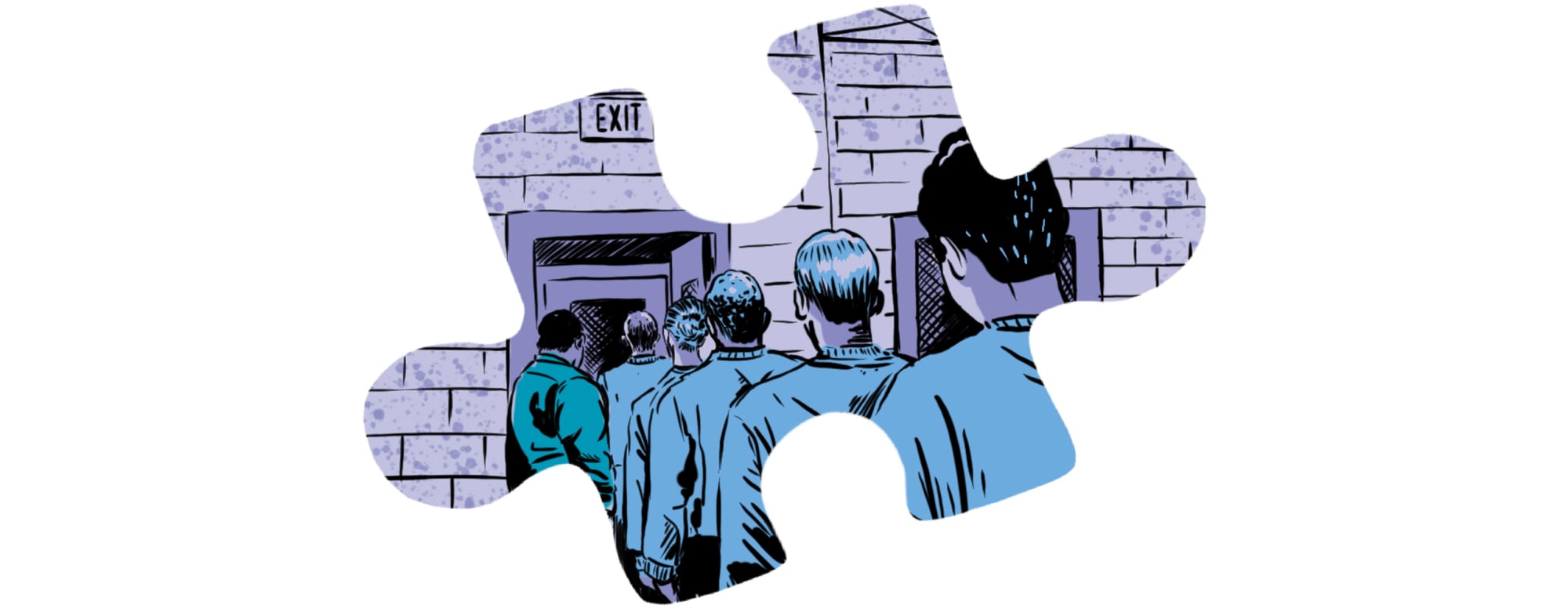
Photo: RNZ
Ian Hyslop, a senior lecturer in education and social work at the University of Auckland, was a social worker for more than 20 years. He says the “short, sharp shock sort of approach” of locking kids up is destructive, and often creates more trouble than it solves.
“They mix in with a whole lot of other kids who have their own sort of problems. And certainly in those institutional settings, they become better criminals,” Hyslop says.
He acknowledges the behaviour of some kids can be hard to handle, and sometimes it might feel like there’s no other choice for parents.
“The bad behaviour stuff is difficult, because it usually involves a whole lot of things. There's education issues, and sometimes mental health issues, and sometimes child protection, family harm kind of issues. It all gets very complicated about what the cause of the problem is.”
He says in his experience, the agencies that are supposed to be working together can sometimes work against each other.
“No one’s got the resources to deal with it and they sort of pass the responsibility around a bit without really getting very far.”
This is certainly reflective of Michelle’s experience, where each agency involved seems to say it’s another agency's problem.
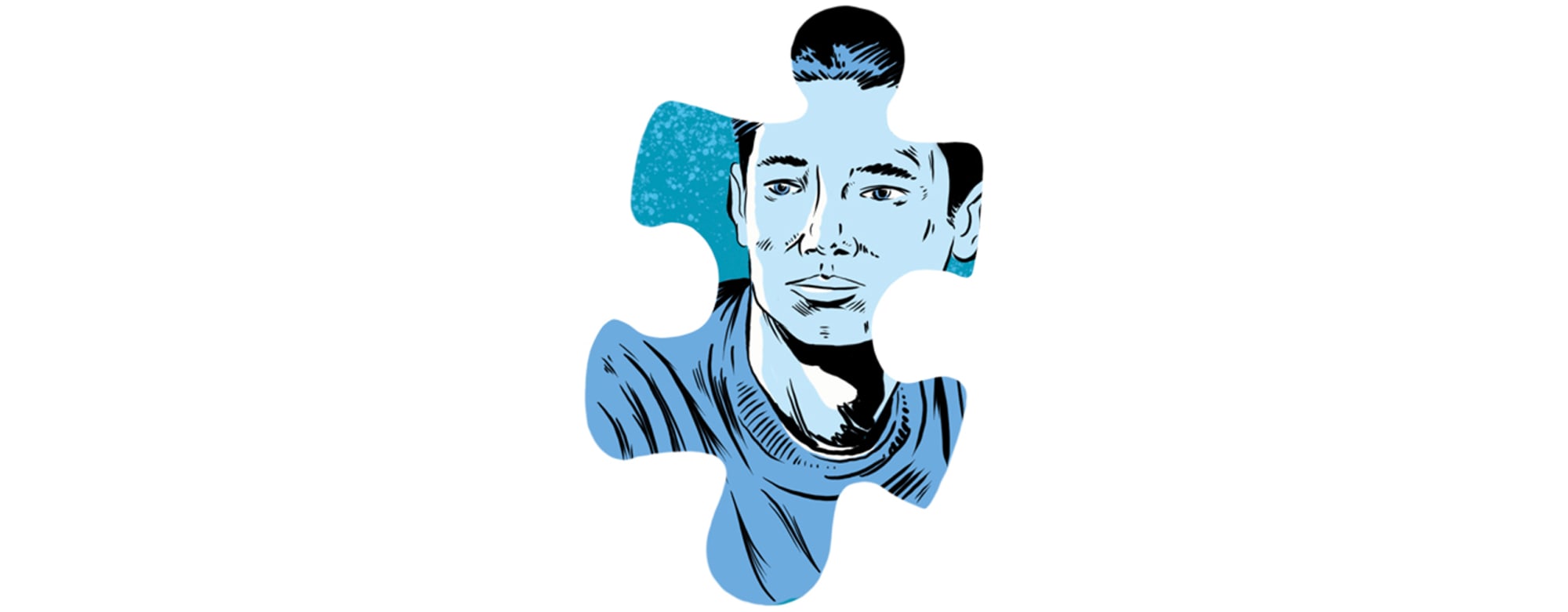
Photo: RNZ
So what’s the solution? Hyslop says he doesn’t have all the answers but believes whānau need more support than they currently get.
He says there are good reasons for Oranga Tamariki wanting to keep kids out of institutions.
“They're supposed to be devolving services to community and to hapu and iwi which are all good ideas, but at the moment, that's all very sort of formative and those services aren't really there yet or not to the extent that they probably should be.”
Hill agrees there are good alternatives to institutions - they just need funding.
Programs like S.T.A.R.T. Taranaki, an intensive eight week course where rangatahi who are offending, or on the track to reoffending, experience four weeks of tramping, bushcraft, training, noho marae and a beach stay. The remaining four weeks are spent in their Ora Toa residence. After the programme is concluded, rangatahi are provided with a full year's mentoring and follow-up support. The ethos of the programme is to provide the young people with unconditional love, whilst fostering meaningful connections and long-term support.
“In smaller houses, not big institutions there's a huge amount of wraparound service but these are expensive services,” Hill says.
“You’ve got to spend money on these kids. Because locking them up is expensive, but it doesn't change anything. You’ve got to be willing to put the pūtea in for the wraparound services, and that is long term counselling, and long term life skills, and all that sort of stuff.”
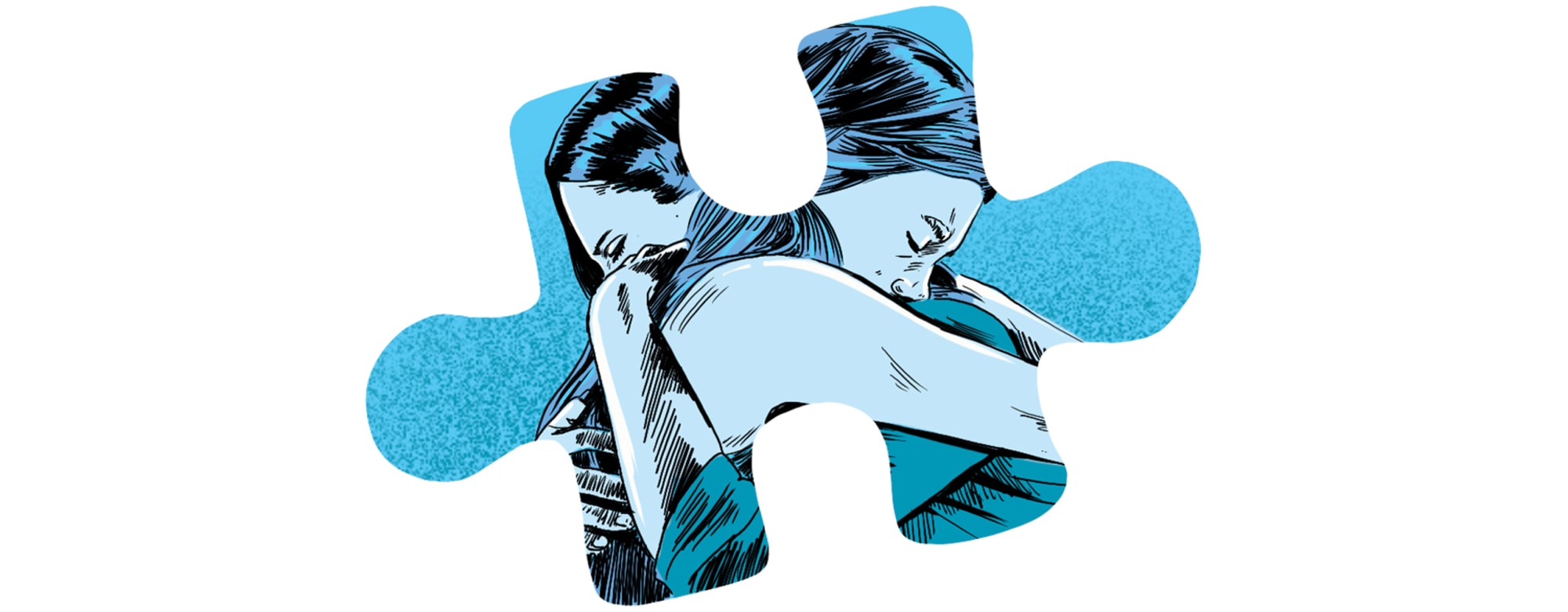
Photo: RNZ
After 18 months of fighting, Oranga Tamariki has agreed to take custody of Paige, with plans to place her in a secure residential facility. That way she can finally be treated for her mental health, trauma and drug addiction, Michelle hopes.
“Pretty much from the word go, I’ve said she’s not OK mentally. I felt OT didn’t take it seriously enough.”
It wasn’t an easy decision - Michelle obviously doesn’t want to see her daughter locked up - but it seems like the only viable option at this stage.
“The way I look at it now is that I’ve lost her already - she’s not my daughter. There are these little moments of her every now and again but 99 percent of the day she’s not my Paige,” Michelle says.
“She’s this person that is caught up in trauma and drug-induced personality. I’d rather lose my daughter knowing that I went down fighting to give her life back, than lose my daughter knowing that I didn’t do enough as a mother.
“But I’m angry.
“I’m angry that the systems have failed her. I have nothing left. I’m angry at the mental health system here in New Zealand, it’s crap. Unless you are slitting your wrists or you have psychosis, they don’t do anything. They don’t acknowledge trauma.
“I’m angry at Oranga Tamariki. They just didn’t listen to me when I told them how serious everything was escalating to. I feel like they could’ve done more. A social worker fronting once in 12 months is not good enough. They have no relationship with Paige.”
She says that whilst Oranga Tamariki was waiting and ‘exhausting other whānau options’ instead of placing Paige in secure care, her daughter experienced further trauma.
“Lastly, I feel broken for my daughter.
“I don’t think a mother should have to fight like this.”
In spite of it all, Michelle holds on to hope.
“I have this dream that maybe one day, I will open that secure facility for girls like Paige, called ‘House of Hope’ to give these girls hope.
“As a mother, to stand back and watch so helplessly and hopelessly, that there’s nothing out there to help your daughter. I don’t want any other mother to go through this.”
*Names have been changed to protect Michelle and Paige’s identity.
Where to get help:
Need to Talk? Free call or text 1737 any time to speak to a trained counsellor, for any reason.
Lifeline: 0800 543 354 or text HELP to 4357
Suicide Crisis Helpline: 0508 828 865 / 0508 TAUTOKO (24/7). This is a service for people who may be thinking about suicide, or those who are concerned about family or friends.
Depression Helpline: 0800 111 757 (24/7) or text 4202
Samaritans: 0800 726 666 (24/7)
Youthline: 0800 376 633 (24/7) or free text 234 (8am-12am), or email talk@youthline.co.nz
What's Up: online chat (3pm-10pm) or 0800 WHATSUP / 0800 9428 787 helpline (12pm-10pm weekdays, 3pm-11pm weekends)
Asian Family Services: 0800 862 342 Monday to Friday 9am to 8pm or text 832 Monday to Friday 9am - 5pm. Languages spoken: Mandarin, Cantonese, Korean, Vietnamese, Thai, Japanese, Hindi, Gujarati, Marathi and English.
Rural Support Trust Helpline: 0800 787 254
Sexual Violence
Victim Support: 0800 842 846
Rape Crisis: 0800 88 33 00
HELP Call 24/7 (Auckland): 09 623 1700, (Wellington): 04 801 6655
Safe to talk: a 24/7 confidential helpline for survivors, support people and those with harmful sexual behaviour: 0800044334
Family Violence
Women's Refuge: 0800 733 843
It's Not OK: 0800 456 450
Shine: 0508 744 633
Victim Support: 0800 842 846
HELP Call 24/7 (Auckland): 09 623 1700, (Wellington): 04 801 6655
The National Network of Family Violence Services NZ has information on specialist family violence agencies.
Abuse survivors
For male survivors:
Road Forward Trust, Wellington, contact Richard 0211181043
Better Blokes Auckland, 099902553
The Canterbury Men's Centre, 03 3776747
The Male Room, Nelson 035480403
Male Survivors, Waikato 07 8584112
Male Survivors, Otago 0211064598
For female survivors:
Help Wellington, 048016655
Help, Auckland 09 623 1296.
For urgent help: Safe To Talk 0800044334
